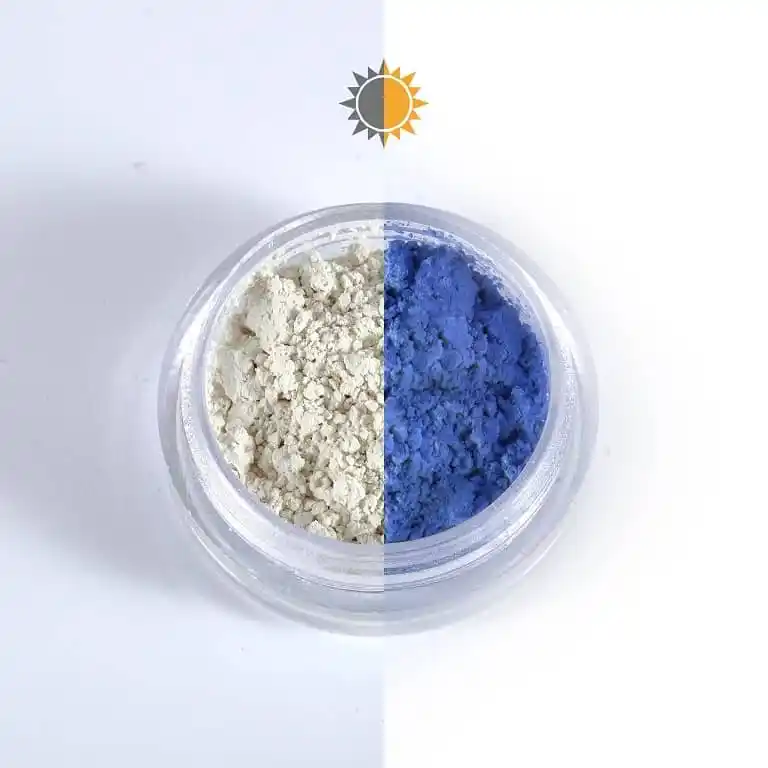How to Store Photochromic Pigments?
September 9th, 2024Photochromic pigments (also referred to as light-changing powder or uv reactive pigment) are unique pigments which change their hue in response to light variations, making them great for advertising materials, children’s toys and plastic injection molding processes where vibrant color effects are necessary. Due to their unique properties they need special storage methods in order to remain effective – but how should this be handled when you can’t use all at once after purchase?
Storage Methods for Photochromic Pigments:
Photochromic pigment powder are notoriously unstable; less resistant to light, heat and aging than regular pigments, they can change color over time if used and stored incorrectly. Therefore it’s vital to pay close attention to certain key factors when handling and storing uv sensitive pigment.

Light Resistance of Photochromic Pigment
Kolortek photochromic pigments tend to have limited light resistance. Prolonged exposure to direct sunlight or ultraviolet rays can cause them to fade over time and significantly shorten their lifespan; for this reason they’re best used indoors and stored in an area protected from direct light for maximum lifespan extension.
Photochromic pigments have become an essential element of toy manufacturing. Their application in toys that change color in response to indoor lighting makes use of this pigment’s properties; if exposed to outdoor conditions for prolonged periods, however, their color-changing ability will eventually weaken and eventually cease altogether. Therefore, managing light exposure of uv sensitive pigment for production or daily use is vitally important.
Heat Resistance of uv reactive pigment
Kolortek photochromic powder can withstand high temperatures for short periods, with an approximate maximum tolerance of 230degC (10 minutes). This makes them suitable for injection molding and high-temperature curing processes; their thermal stability varies depending on whether they are in their colored state or their colorless state – it increases with colored state pigments while it weakens when they become colorless.
At temperatures exceeding 80degC, organic compounds that make up the color-changing system begin to degrade, further diminishing their effectiveness and making photochromic pigments ineffective. Therefore, long-term exposure to temperatures above 75degC during storage must be limited; for processes using photochromic pigments such as heat treatment treatments it’s crucial that temperature controls are closely adhered to so as to reduce potential damages to stability of pigments.
As is inevitable in plastic production, high temperatures must also be addressed carefully during processing to maintain photochromic pigment performance and stay within their tolerance range. Otherwise, their color-changing function could become compromised and reduce quality in final products.
Storage Environment
In addition to light and temperature regulation, photochromic pigment storage environment is of equal importance. To preserve their activity and preserve stability of these pigments, it’s advised that they be stored in a dry, cool area with low humidity and temperatures; humid climates may cause moisture absorption which negatively impacts color-changing capabilities and should also be sealed so as to limit potential chemical contact during storage and help preserve stability as much as possible.
Photochromic pigments require special storage methods due to their unique composition, unlike ordinary pigments. When long-term storage is required for photochromic pigments, an ideal environment would include moderate temperatures, dry conditions and darkness – in addition to trying to limit exposure from external factors that might compromise them.
